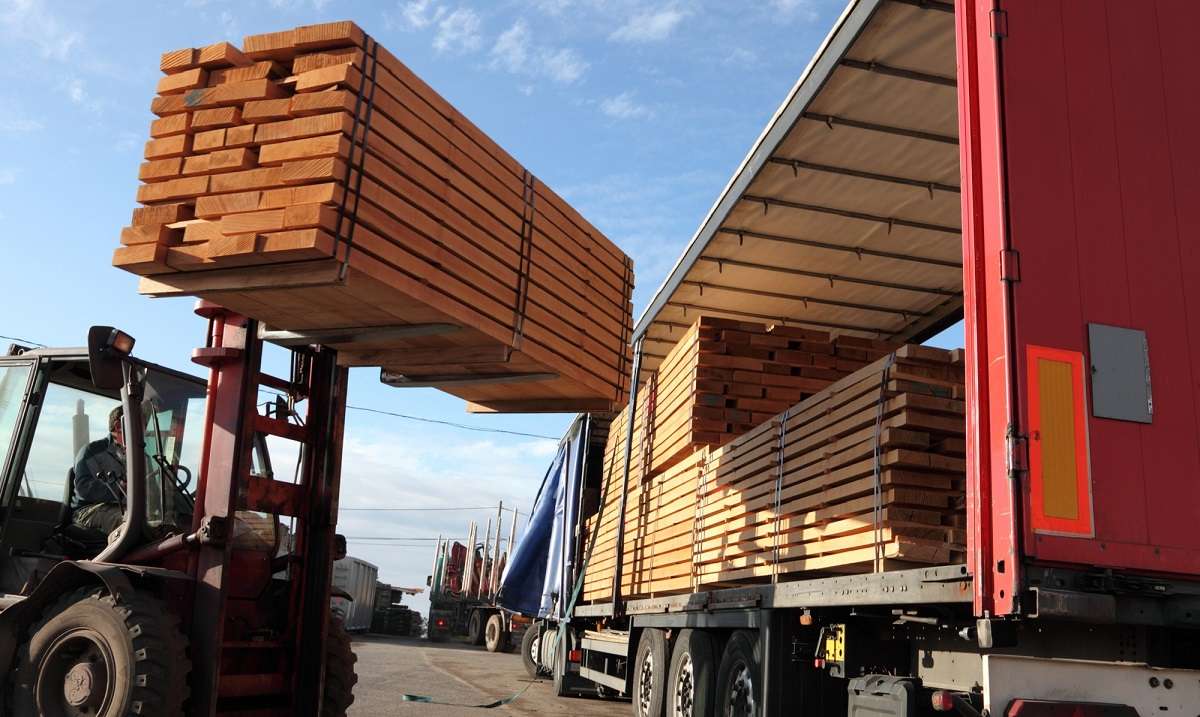What is part load and full load?
For any business transporting goods between two locations, the cost of shipping can be expensive. As such, it’s important that they choose the most suitable haulage option as a method of cutting costs and maximising profits.
One of the most important factors is the size of the load being transported, with every load falling into the category of either part load or full load. In this blog, we explain what exactly part load and full load are in relation to logistics, as well as explaining how part load and full load haulage is calculated.
What is part load in logistics?
Also known as partial load, less than truckload (LTL) or less than container load (LCL), a part load is a shipment that doesn’t use the entirety of the space available for carrying it.
As not every load will fill out the method of transport it’s being moved in, freight forwarders have to find ways to use up all of the leftover space. A common way of doing this is by consolidating multiple part loads into one truck or container, utilising all of the available space and cutting the cost clients will pay to transport goods.
How to calculate a part load
If a company or client has paid for a load that fills out an entire shipping container or method of transportation, the cost of the shipment will be the price of the full container load. However, if the container or vehicle isn’t completely full, the cost will be based on shipment volume.
Freight shipment loads are usually calculated in cubic metres (CBM), and the same method would be used for calculating a part load. Simply take measurements for the height, width and length of the load, multiply them together and convert the final measurement into CBM.
What does full load mean?
Also known as full truckload (FTL) or full container load (FCL), full load is a shipment that uses all of the space in a container or method of transportation. For example, this could be an entire shipping container on a sea freight ship or all of the storage space in a road freight truck, rail freight train or air freight ship.
Although using a part load means that the cost will only be for the space taken up in the container or vehicle, full load poses several benefits. For instance, as they’re filling the entirety of the container or vehicle, the charge will be set at the cost of the vehicle rather than the cost of the load. It’s also likely to be transported quicker as, if there’s nothing else in the mode of transport, it won’t need to stop multiple times to pick up and drop off other loads.
How to calculate a full truck load
As previously mentioned, a full load is a shipment that takes up all of the space in a container or freight vehicle. As such, rather than being based on the load itself, the measurement and cost of a full load is determined by the units of measurement of the container or storage space in the freight vehicle.
For all other costs involved with moving a load, a freight forwarder will be able to use their contacts and knowledge of the logistics industry to calculate the total price paid by a business or individual requesting the freight service.
Alternatively, a business or individual could decide to carry out this process themselves. However, by doing this without the expertise of a freight forwarder, they would need to consider the cost of the container or vehicle space as well as the cost of petrol, the mileage, the type of vehicle, any fees that would need to be paid to anyone hired in the process, such as the driver of the vehicle and any fees associated with tolls, customs and additional charges that will occur as a result of moving the load from the source to the location.
